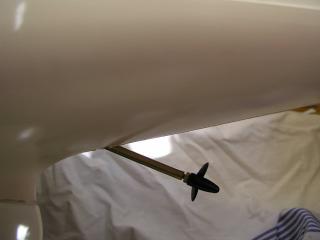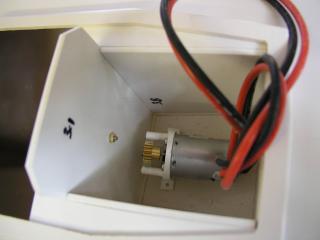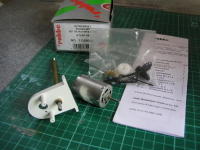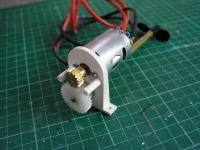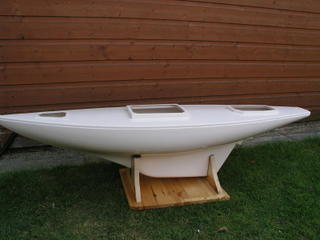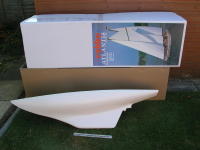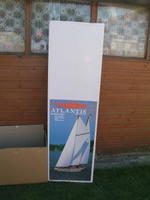Stabilit at the ready !

Well, slow ahead progress continues, this pic shows the adaptation of the motor well wall, again with the rudder post parts loose fitted.
As stated earlier, the well, in my case is not a "flooded" compartment, so the cut out is not detrimental to the construction, however it does allow me more space to jiggle the motor set up into a better forward position. Similarly, this cut out allows quite a bit more tiller arm "throw"
So out with the Stabilit Express ( Recommended by Robbe, and my personal favourite resin adhesive) and glue everything in place, and leave to dry.... After which the motor and popshaft assembly can be glued in situ, check & make sure the propshaft is central along the moulded line on the hull, and there is sufficient clearance for the prop.
Once this stuff sets you will NEVER MOVE IT !!
Tip: line the external part of where the shaft exits the hull with masking tape, this will effectively "mould" the stabilit to the hull shape as it sets,You will need to repeat this excercise, inside and out to make sure the opening is well sealed !

Oh, and before I forget, I drilled a hole in the side wall, to allow the motor wires safe exit, well away from the rotating parts of the motor & gears :)


